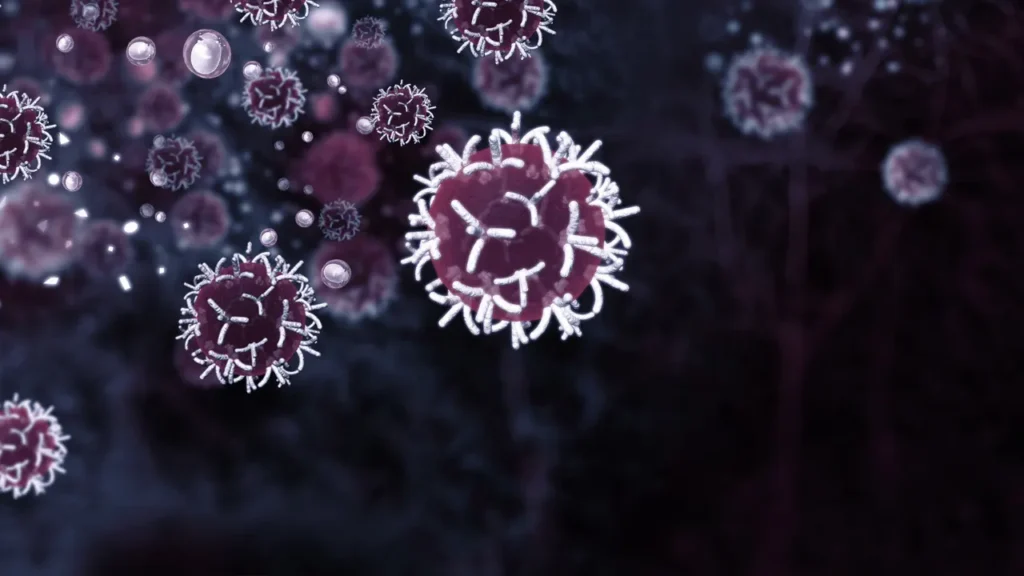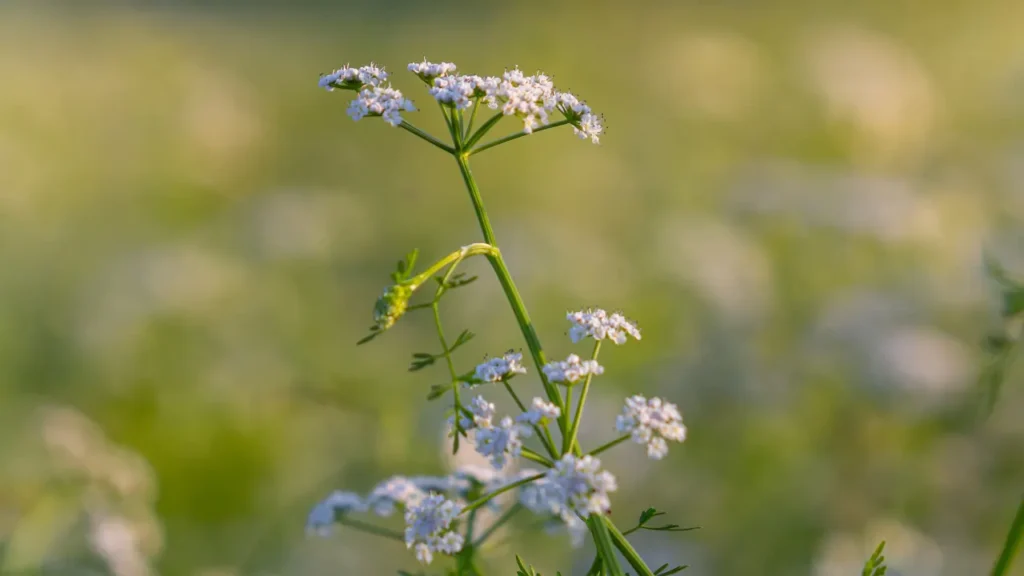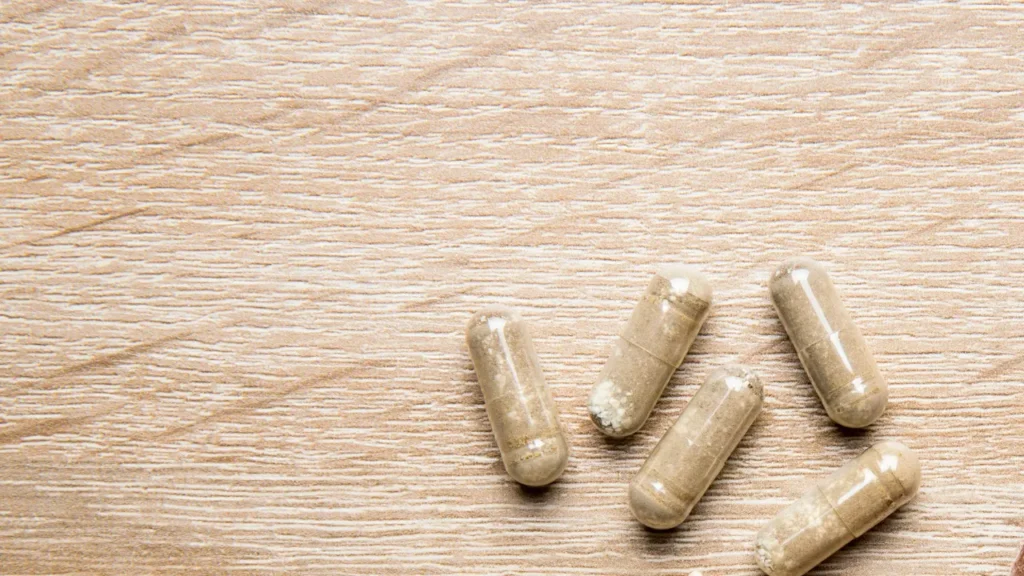A perennial herbaceous plant called water hemlock (cicuta spp.) is found in marshy regions of North America, Europe, and Asia. It is a member of the apiaceae family, which also includes celery, parsley, and carrots. Water hemlock is one of the most deadly plants in North America, despite the fact that some of the members of this family are known to provide health benefits.
This article will present a thorough analysis of the properties of water hemlock, as well as its chemical makeup, potential health advantages, recommended dosage, side effects, drug interactions, and safe consumption. Water hemlock consumption can be extremely risky, so this article shouldn’t be construed as a promotion of its usage without the appropriate caution and advice from medical professionals.
You May Also Like:
Enhance Mental Agility: 3 Big Benefits of Omega-3s for Cognitive Function
Battle of the Brain Boosters: Brain MD Omega 3 Power vs. Kori Krill Oil Mind & Body
Water Hemlock: Benefits, Dosage, Side Effects, Drug Interactions, And Other Important Information is an original (NootropicsPlanet) article.
Nature of Water Hemlock
The perennial herbaceous plant known as water hemlock (cicuta spp.) is distinguished by its tall, hollow stems and umbel-like clusters of tiny white blooms. The roots are substantial and tuberous, and the leaves are pinnately compound with serrated leaflets. In North America, Europe, and Asia, it grows in marshes, marshy places, and next to rivers and streams.
In North America, water hemlock can be found in four primary species: cicuta maculata, cicuta virosa, cicuta bulbifera, and cicuta douglasii. The most dangerous of them is cicuta maculata, often known as spotted water hemlock. The plants, which can reach a height of 6 feet, are frequently confused for other, less dangerous apiaceae family members.
Given its extreme toxicity, water hemlock presents a serious risk to both people and animals who unintentionally consume it. To avoid unintentional poisoning, the plant must be correctly identified and avoided.
Potential Health Benefits
Despite being toxic, water hemlock and its components can provide health benefits, according to certain studies. However, the efficacy and safety of these advantages have not yet been shown, and more study is required. Several of the alleged health advantages are as follows:
• Antiviral Properties: Some research has shown that cicutoxin and its derivatives have antiviral properties, suggesting that they may be used to treat viral infections. Although these chemicals have a limited therapeutic use due to their high toxicity, safer alternatives should be looked out for.
• Anticancer properties: Early research indicates that water hemlock extracts may have anticancer effects on specific cancer cell types. To ascertain the safety and efficacy of these findings, which are based on in vitro and animal research, more research in human clinical trials is necessary.

Chemical Composition and Physiological Properties of Water Hemlock
Cicutoxin and its alcohols with a polyacetylene basis, known as derivatives, are the main poisonous substances present in water hemlock. Cicutoxin is a strong neurotoxin with a focus on the central nervous system. It works by obstructing the inhibitory neurotransmitter, gamma-aminobutyric acid (GABA), which controls neuronal activity. GABA neurotransmission is inhibited, which results in uncontrolled nerve firing and excessive neuronal activity, which can cause seizures, muscular spasms, respiratory difficulties, and finally death.
The water hemlock plant has cicutoxin throughout, with the roots having the highest quantity. The amount of toxins in a plant varies according to its stage of development, the surrounding environment, and its location. It is crucial to handle and use water hemlock with utmost caution because even small amounts of the plant can cause severe poisoning.
Optimal Dosage
There is currently no suggested dosage for the plant or any of its components because of the severe toxicity of water hemlock and the lack of any proven health benefits. Consumption of the plant should be avoided unless strictly supervised by a healthcare provider with experience using hazardous plants because even small doses can cause severe poisoning.


Side Effects and Contraindications
Ingestion of water hemlock can lead to a wide range of severe symptoms, including:
- Nausea and vomiting
- Abdominal pain
- Diarrhea
- Muscle spasms and tremors
- Seizures
- Respiratory distress
- Coma
- Death
Potential Substance Interactions
Given water hemlock’s high level of toxicity, there is a high chance that it will interact negatively with other substances. These interactions might make cicutoxin more toxic or make it more likely that severe side effects will occur. Listed below are a few possible drug interactions:
• Sedatives and Anxiolytics: Drugs that slow down the central nervous system, such as benzodiazepines, barbiturates, and other sedatives, can make cicutoxin’s effects on GABA neurotransmission more inhibited. The severity of seizures and respiratory distress could both become worse as a result of this combination.
• Antiepileptic Drugs: Combining water hemlock with anti-epileptic drugs may have unexpected consequences on seizure control since cicutoxin can interfere with the effects of these treatments.
• Alcohol: Consuming alcohol along with water hemlock can raise the risk of respiratory distress and central nervous system depression, which could have fatal consequences.
Given the inherent dangers involved with using water hemlock, it is imperative to avoid combining it with any other substances.


Best Responsible Uses and Precautions
The plant shouldn’t be used as a dietary supplement or for self-treatment due to the considerable hazards connected to eating water hemlock. However, the following safety measures should be followed if water hemlock or its components are to be used in a research or therapeutic setting:
• Accurate Identification: This is necessary because water hemlock resembles other plants in the apiaceae family, such as wild carrot and wild parsnip, quite a bit. If there is any doubt, speak with a plant identification specialist.
• Extraction and Handling: In order to reduce exposure, water hemlock should be handled with the utmost care. Gloves and eye protection should also be worn. Cicutoxin and its derivatives should only be extracted and purified under the supervision of trained experts in controlled lab environments.
• Dosing and Administration: If water hemlock or any of its components are to be used in a therapeutic environment, the dosing and administration must be carefully supervised by medical personnel with experience using poisonous plants. Alternative therapies should always be taken into consideration when evaluating potential advantages versus hazards.
Water Hemlock:
Conclusion
Water hemlock is prohibited for use in all groups due to the severity of its side effects, including children, pregnant and nursing women, and anyone with pre-existing medical disorders. It is important to stress that water hemlock’s putative health advantages are unproven and that ingesting the plant can be incredibly risky. Weighing the potential advantages against the serious dangers of water hemlock poisoning is necessary. Talk to a medical professional before starting a water hemlock supplement.


References:
- Antiviral properties of cicutoxin derivatives. Retrieved from: https://www.journals.elsevier.com/antiviral-research (Smith, R. A., & Stone, D. A. (2010). Antiviral Research, 88(2), 203-210.)
- Water hemlock poisoning: A review of clinical features and management. Retrieved from: https://www.tandfonline.com/loi/ictx20 (Peden, B., & Hopper, M. (2011). Clinical Toxicology, 49(3), 166-171.)
- Cicutoxin-induced seizures and the role of GABA neurotransmission. Retrieved from: https://pubmed.ncbi.nlm.nih.gov/12901938/ (Calabrese, E. J., & Baldwin, L. A. (2003). Toxicology and Applied Pharmacology, 192(1), 1-11.)
Important Note: The information contained in this article is for general informational purposes only, and should not be construed as health or medical advice, nor is it intended to diagnose, prevent, treat, or cure any disease or health condition. Before embarking on any diet, fitness regimen, or program of nutritional supplementation, it is advisable to consult your healthcare professional in order to determine its safety and probable efficacy in terms of your individual state of health.
Regarding Nutritional Supplements Or Other Non-Prescription Health Products: If any nutritional supplements or other non-prescription health products are mentioned in the foregoing article, any claims or statements made about them have not been evaluated by the U.S. Food and Drug Administration, and such nutritional supplements or other health products are not intended to diagnose, treat, cure, or prevent any disease.
